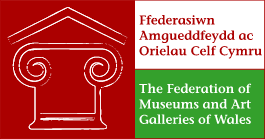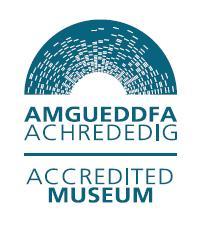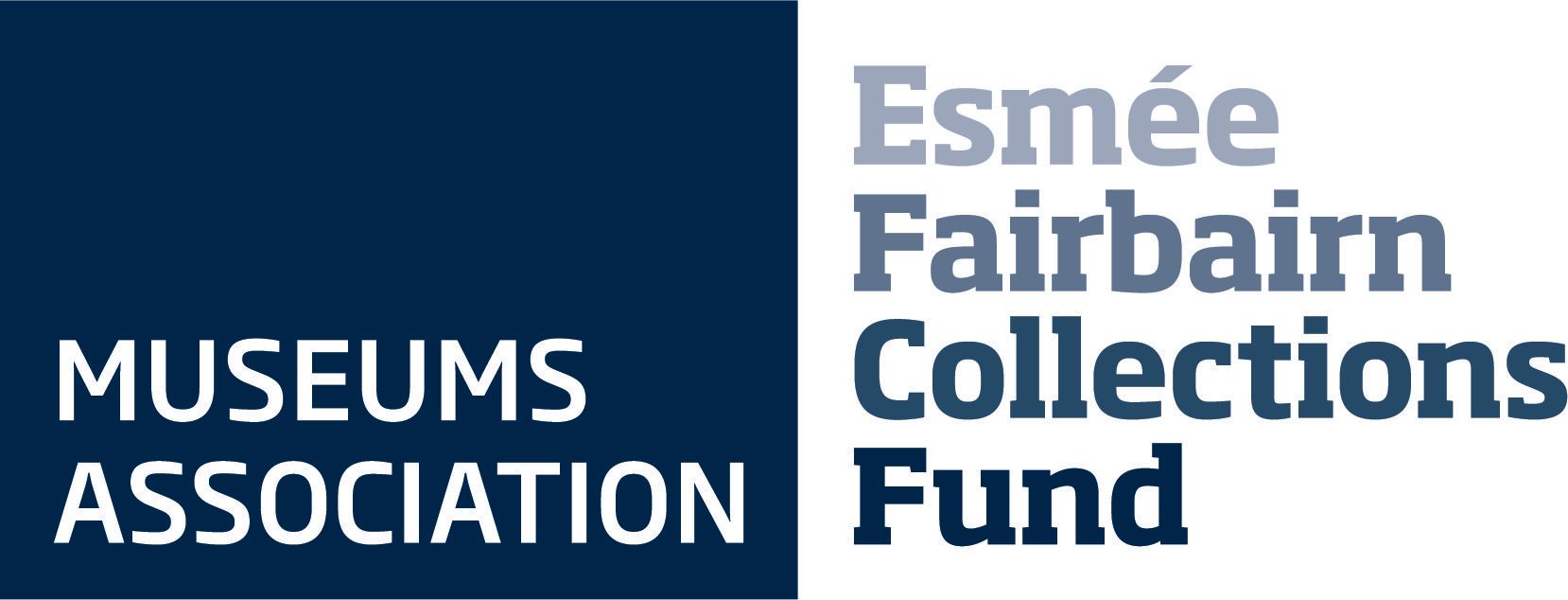Handel Cromwell Evans
Handel Cromwell Evans (1932-1999) was a Welsh artist and musician known for his bold and expressive use of abstract forms to depict the dynamic between people and technology.
Born in Pontypridd on April 3, 1932, he was named after the legendary composer George Frederick Handel by his father Joseph, who was scheduled to conduct a choir of 2,000 people in performing the oratorio Messiah just days after Evans' birth (Buckman, 1999). This name was fitting, as music would play a pivotal role in his life, not to mention a key theme in his work.
Evans came from a long line of singers on his father's side, and by the age of five, he had passed his first music exam, despite having to be lifted onto the piano stool (Buckman, 1999. He would later study at Clifford's School of Music in Cardiff before becoming a licentiate of the Royal Academy of Music (Buckman, 2006). Those closest to him stated that whilst he could have succeeded at either music or painting, "rather curiously for a Welshman, it was on the visual arts that he chose to focus" (Buckman, 1999).
After studying at Cardiff College of Art from 1959-1962, Evans embarked on a successful career as an artist, spending much of the following four decades exhibiting his stunning paintings worldwide, particularly in the Caribbean, America, and Germany (Meyrick, 2010). He also studied at the British School in Rome in 1962-63 and Atelier 17, an esteemed art school and studio in Paris, from 1975-76 (Meyrick, 2010).
Evans spent his final years in Germany, where he formed meaningful relationships with fellow artists, such as the sculptor Ewald Rumpf, and held numerous acclaimed exhibitions. However, Evans always longed to achieve the same commercial success at home as abroad. Despite several solo exhibitions around the UK from 1972-1987, his impact on the British art scene has been described as 'modest' (Buckman, 1999).
Handel Cromwell Evans died in Thanet, Kent, on January 5 1999; his dream of achieving commercial success in his homeland was unrealised.
Despite this, Evans is now widely regarded as one of the most captivating Welsh painters of the 20th century, and his works can be found in prestigious institutions such as the Ashmolean Museum in Oxford, the National Gallery of Jamaica, and the University of Aberystwyth.
In his own words, his masterful cubist and futuristic pieces explored the 'interdependent nature of the relationship between man and the growing mass of information with which his mind deals and on which it depends' (Holland, 2016). This theme remains a vital topic in contemporary art today.
References:
Buckman, D. (2006) Artists in Britain since 1945. Bristol: Art Dictionaries Ltd.
Buckman, D. (1999) Obituary: Handel Evans, The Independent. Independent Digital News and Media. Available at: https://www.independent.co.uk/arts-entertainment/obituary-handel-evans-1072628.html (Accessed: February 21, 2023).
Holland, N. (2016) Handel Cromwell Evans: Painting the continual exchange between human beings and the material world, Handel Cromwell Evans: painting the continual exchange between human beings and the material world | Art UK. Art UK. Available at: https://artuk.org/discover/stories/handel-cromwell-evans-painting-the-continual-exchange-between-human-beings-and-the-material-world (Accessed: February 21, 2023).
Meyrick, R. (2010) Artist collections, The Handel Evans Collection: School of Art , Aberystwyth University. Aberystwyth University. Available at: https://www.aber.ac.uk/en/art/gallery-museum/collections/artist-collections/evanshandel/thehandelevanscollection/ (Accessed: February 21, 2023).
By Daniel Shepard











